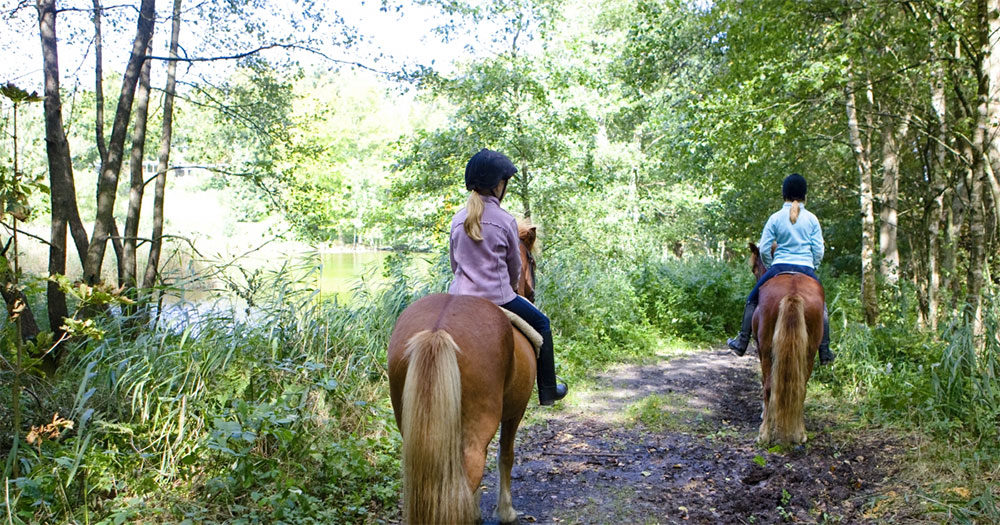THERAPEUTIC RIDING CREATES SYMMETRY OF THE BODY
Physiotherapy on horseback. A treatment that is especially popular for people with poor balance and spasticity of the body. Here the horse’s movements are used to create symmetry in one’s own movements. But what is it really about?
You get more than beautiful experiences in nature out of horseback riding. Riding can have beneficial effects for children with cerebral palsy and others with walking impairments. This is what Magny Sørensen from Beitostølen HealthSports Centre in Norway has found.
”The riding posture is an ideal starting point for movement. This posture is good for training hips and back. These movements happen spontaneously in symmetry when you are sitting on a horse,” she says.
Symmetrical training is one of the main reasons that therapeutic riding can give results that most other kinds of training cannot. Individuals with cerebral palsy will often have one side of their bodies that are more impaired than the other side. The symmetrical movements of the horse ensure that the rider will also be trained symmetrically despite functional impairments.
WALK LIKE THE HORSE
Symmetrical training can also be especially beneficial for persons who have difficulties walking. When you sit on a horse and feel its gait and rhythm, your body will remember the movements.
”The horse’s gait is often similar to the way that we walk. So for patients who do not have the ability to walk normally, the horse’s movements can help them achieve a better gait,” Magny Sørensen says.
In addition, horseback riding requires that the rider has a straight back. This exercise can give a markedly better posture and thus a better basis for moving around.
CLOSE TO NATURE
The effects of therapeutic riding are not only caused by the physical movement. The training location, that is, nature, also plays an important role. The rider is brought out of the training room and out into fresh air and beautiful natural surroundings. This can in itself create greater motivation, but it can also bring healing. The close contact to the horse can also give more training satisfaction.
It is not necessary to have riding experience.
Starting therapeutic riding requires a medical certificate.
You have walked around in the woods, and now you return to the log where it all started. Until now you have mainly exercised the legs, so now it is your arms’ turn. Put both hands on the log while you face away from the log. Do as many dips as you can. This is a really good exercise for the arms, and now your daily training is finished.
